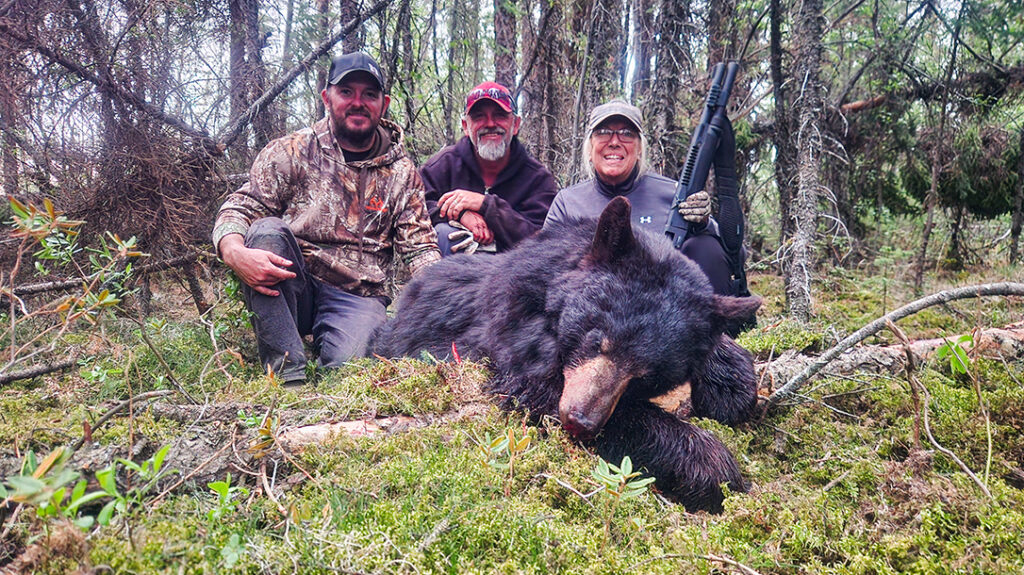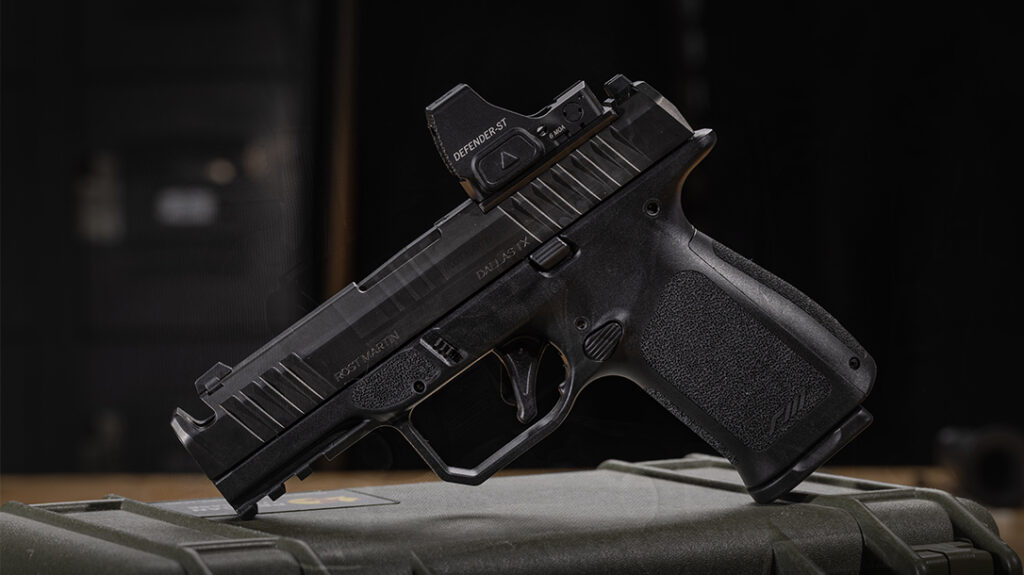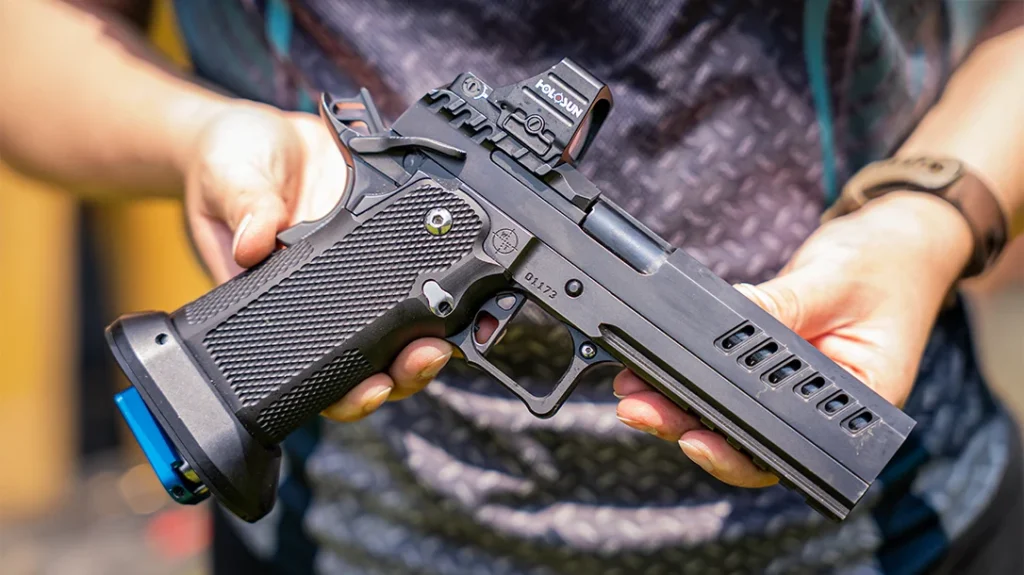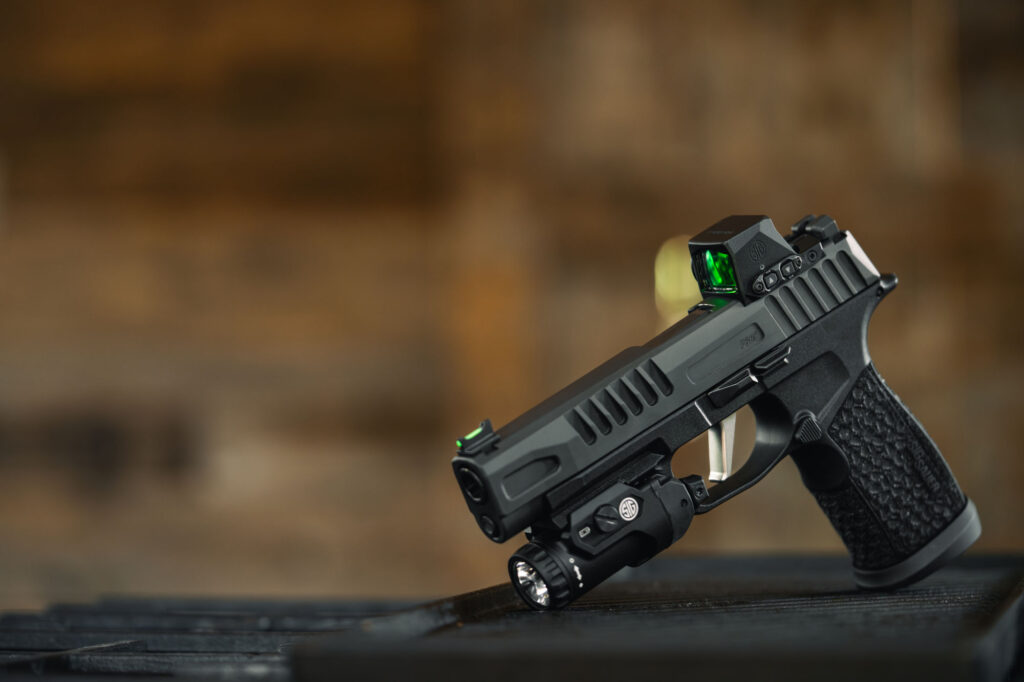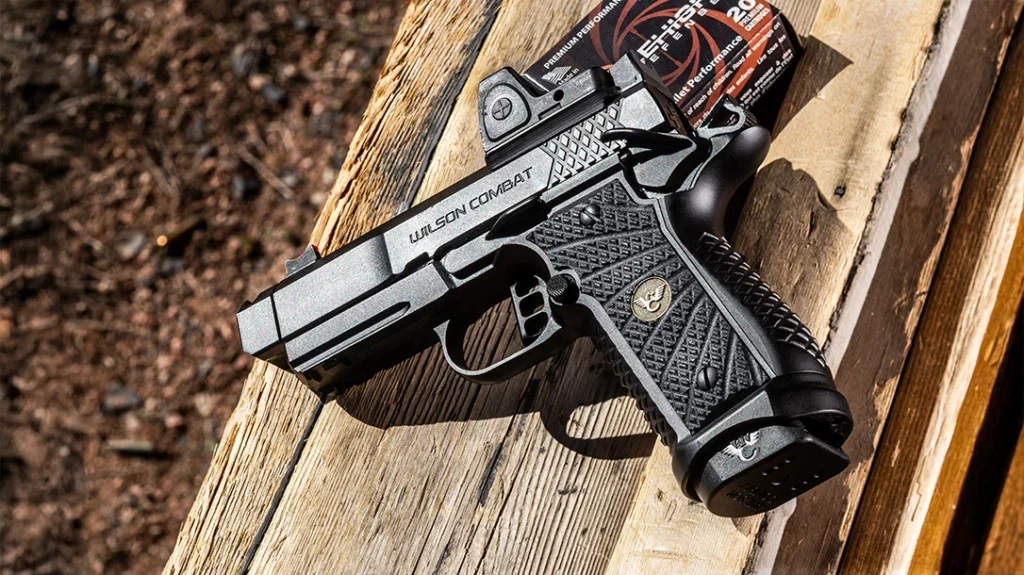Let’s cover all the details about the famous and popular fishing form, Ned Rig, of finesse presentation and ultimately share my most used retrieval of letting it rise and fall.
What Is A Ned Rig?
The Ned rig is simply a small jig head with a small soft plastic worm. Usually a 2.75-inch worm and a 1/16-oz jig head. An example of this is the Ned Ocho from Strike King baits. This is my go-to size and brand.
Ever wonder why it’s called the Ned Rig? The Ned rig was invented by a man named Ned Kehde, a fishing guide and writer from Kansas who was looking for a simple and effective way to catch bass. The reason why this is so effective is because it is a small presentation and is universally successful in all water conditions and all species.
Advertisement — Continue Reading Below
Small Baits, Big Fish
One of the most common misconceptions in fishing is that big baits catch big fish. While this is true, that big baits can only catch big fish — small baits can also catch big fish-and small fish. Using a large bait will limit you to only large fish with mouth openings large enough to take the hook of a bait. A small bait however will open your options up to all sizes and species.

For example, largemouth bass will often prefer the smaller bait choice due to their slower metabolism. And let’s be honest, who wants to chase a large meal versus grabbing an easily attainable meal. That is also not moving quickly but is also small enough to digest quickly.
Advertisement — Continue Reading Below
The Ned rig is so successful since its movements are small, its presentation is small and its results are very big! Always remember, small baits can catch very big fish. I have used the same Ned rig bait to catch walleye, bass, panfish and large northern pike in the same body of water on the same day.
Moving The Ned Rig
The Ned rig is similar to other finesse baits in that the success will heavily rely on how it is presented. The Ned rig is meant to resemble and mimic everything predator fish will eat naturally in their eco system. The bait will mimic a leach, a feeding or wounded bait fish, the tail of a crawfish and more. All natural food choices for many species. Let’s start with my three favorite retrieves and why they are so effective.
Rainbow Retrieve
This presentation is a staple in my arsenal for a good reason. Imagine the shape of a rainbow-the high yet round arches. Drop the bait to the bottom of the water and then lift it up to the surface while slowly reeling the slack and then let it fall again while in motion towards the fisherman. This technique will cover every part of the water column and also give a nice slow flutter effect when falling. A majority of your strikes will come on the downfall of this bait.
Advertisement — Continue Reading Below
Arch Retrieve
Very similar to the rainbow, but much tighter arches. Imagine the shape of the Golden Arches. High points and narrow width. This technique will accurately emulate a wounded or feeding bait fish. Most importantly-this method will keep the bait in the strike zones longer since the fall pattern is tighter. Again, most strikes come from the fall of any bait since it appears as an easier target. The more falls in the same area, the more strikes.
Skip Retrieve
Last but definitely not least-this pattern is most effective in my opinion. Unfortunately the skip retrieve is limited to areas with little to no vegetation or large rocks, sticks or other structure on the bottom. For this pattern, we need a hard and smooth bottom.
Let the bait fall to the bottom and then reel in the slack so your line is tight. Then, while slowly reeling the slack as you go-give the bait little pops or jerks towards yourself. This action will cause the bait to skip across the bottom in an erratic fashion. This action simulates baitfish, leaches, crawfish and anything else that may entice a curious predator fish species. This technique, although limited, is my favorite of the three due to its success rate.
Advertisement — Continue Reading Below

Setting The Hook
You are moving the bait along and then — BOOM! You feel a strike. Most importantly, you have to set the hook to ensure a solid contact and hookup. Those “full body hooksets” that you see in bass boat tournaments are unnecessary to say the least but definitely not needed with a Ned rig.
One of the beauties of this technique is the ease of hook sets. The shape and design of this bait allows an easily teachable yet strong hook set. With the smaller hook, you don’t want to yank the bait too hard and cause the hook not to set. With this bait, you can simply apply pressure and lift up on your fishing rod and this will allow the bait to flip upwards and set the hook in the top portion of the mouth where it is strongest. No heavy pulls needed, just constant pressure and no slack in your line and you are ready to land your fish!
Advertisement — Continue Reading Below
Quick & Easy
This bait technique is fun and effective. I teach the Ned rig not only around the country at seminars and trade shows, but also is the most common bait technique that I use and teach on my TV show to newer anglers. It’s small, easy to learn and extremely useful in any water type or fish species.
